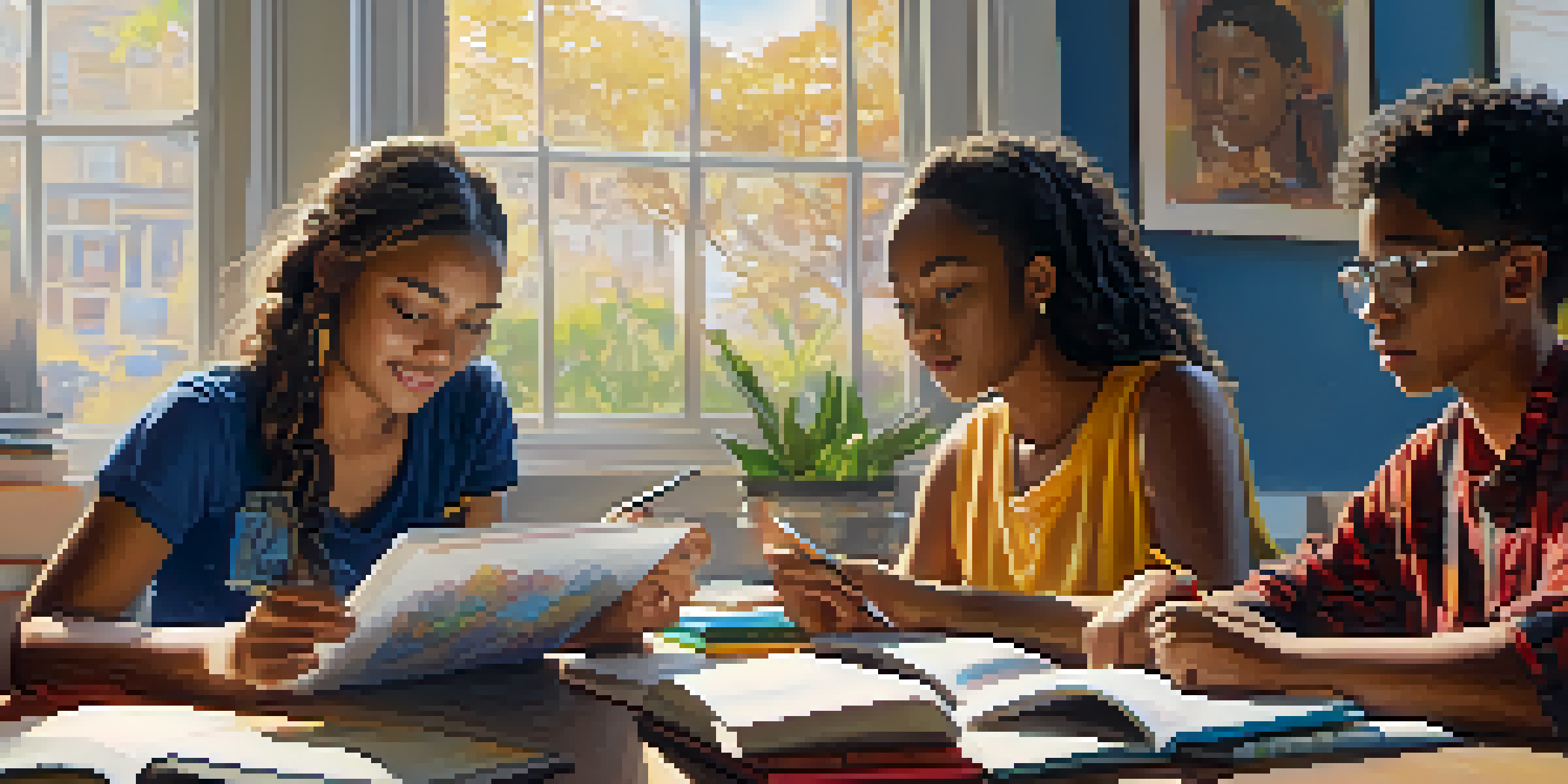Engaging Diverse Learners Through Peer Learning Strategies

Understanding Peer Learning and Its Benefits
Peer learning is a collaborative educational approach where students learn from each other, enriching their learning experience. This method not only enhances understanding but also builds essential social skills, as students communicate and interact in a supportive environment. By engaging in peer learning, students can gain different perspectives, which is especially beneficial in diverse classrooms where varied backgrounds contribute to richer discussions.
Creating an Inclusive Learning Environment
An inclusive learning environment is crucial for engaging diverse learners. It involves recognizing and valuing the unique experiences and backgrounds each student brings to the table. Teachers can foster inclusivity by establishing ground rules that promote respect and openness, encouraging students to share their thoughts and experiences without fear of judgment.
Benefits of Peer Learning
Peer learning enhances understanding and builds essential social skills through collaborative education.
Strategies for Effective Peer Learning
Implementing structured peer learning strategies can significantly enhance engagement. Techniques like think-pair-share, where students first think about a question individually, then discuss it with a partner, can stimulate deeper understanding. Additionally, small group discussions encourage quieter students to voice their opinions in a less intimidating setting, helping everyone feel included.
Leveraging Technology in Peer Learning
In today's digital age, technology plays a vital role in peer learning. Platforms like discussion boards or group chats can connect learners beyond the classroom, allowing for continuous collaboration. This not only broadens the scope of interaction but also accommodates different learning styles, as students can engage at their own pace.
Creating Inclusivity in Classrooms
An inclusive learning environment values diverse student experiences and fosters respectful communication.
Assessing Peer Learning Effectiveness
To ensure that peer learning is effective, regular assessment is key. Teachers can gather feedback through surveys or informal check-ins to understand how students feel about the peer learning process. This ongoing evaluation helps in fine-tuning strategies and addressing any concerns, ultimately enhancing the learning experience for all.
Fostering Critical Thinking Skills
Peer learning not only boosts engagement but also fosters critical thinking. When students discuss and debate ideas with their peers, they learn to analyze different viewpoints and defend their own. This process encourages deeper cognitive engagement, leading to a more profound understanding of the subject matter.
Tech's Role in Peer Learning
Technology facilitates peer learning by connecting students beyond the classroom and accommodating various learning styles.
Encouraging Empathy and Understanding
One of the often-overlooked benefits of peer learning is its ability to cultivate empathy among students. As learners share their diverse experiences, they develop a better understanding of each other’s perspectives. This not only enriches their educational experience but also prepares them for a more interconnected world.
Conclusion: The Future of Learning Through Collaboration
As education continues to evolve, the importance of peer learning in engaging diverse learners cannot be overstated. By fostering collaboration and understanding, we prepare students for success both academically and socially. Embracing these strategies will not only enhance learning outcomes but also create a more inclusive and empathetic educational environment.